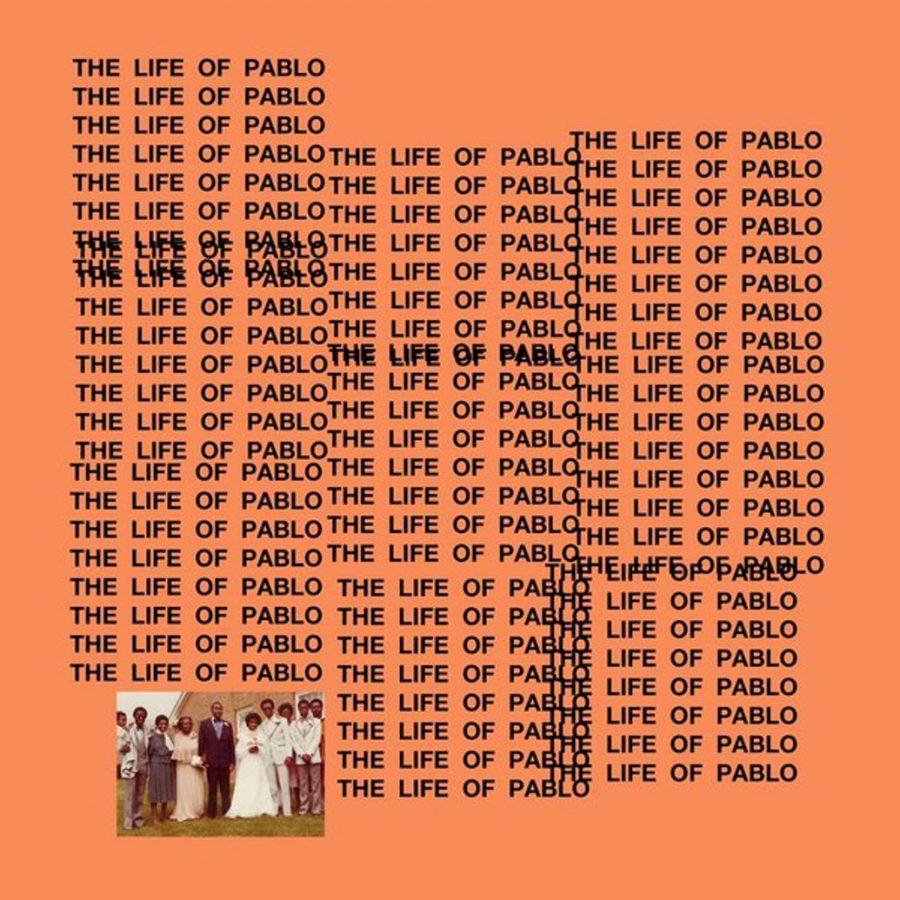Mazda: The Land Of The Setting Sun? Without a multitude of revitalizations, one of Japan’s most unique auto makers may very well cease to exist
Mazda’s RX-7, a 90’s sports car, was the most famous of their road-going rotary vehicles, still sought after to this day, the RX-7 remains Mazda’s most recognizable classic among enthusiasts.
April 24, 2020
Mazda Motor Corporation, a Japanese automaker from Hiroshima, celebrates 100 years of manufacturing this year. Winning WCA’s (World Car Awards) 2020 World Car Design Of The Year award for the Mazda 3, as well as numerous auto magazine comparison tests, the auto industries’ darling is starting to show potential. The company, however, has left itself exposed to failures in key areas, each continuing their suppression from top-tier Japanese auto sales.
Mazda is vulnerable to economic failure through its lack of model design variability and overextended design cycles. An industry standard, selling model ranges with similar designs is popular practice, but while lucrative, are incredibly high risk, especially to smaller manufacturers.
Mazda’s true Achilles heel is its design cycle length. These ‘cycle lengths’, referring to how long a specific ‘look’ stays on a model, typically they range anywhere from one year to fifteen, and for Mazda, average around five. Recently, industry designs have aged quicker, whilst Mazda’s cycles remain the same, a crucial error.
As reported on carsalesbase.com, by overextending design stays on market, sales for cars such as Mazda’s 6, are crashing (with 2019’s sales lowest since its 2002 inception). With the new car expected in 2022, the 6’s cycle would last a decade, potentially killing the model.
If not careful, Mazda could face spiritual failure with its most valuable asset: its enthusiasts. Unlike many manufacturers, Mazda has had immortality in the automotive community through their classics. As Mazda fan, Tucker Jones explains, “There are a select few cars [from Mazda] that could be considered a ‘dream car’” referring to Mazda’s FD RX-7, a world-renown 90’s coupe, Jones then, reveals Mazda’s plight: every car their fanbase craves is from the past. Although, as automotive commentator Sam Lund claims, Mazda’s cars are “adequate”, they don’t have the same impact as before, a fact obliterating their hopes of ascending the Asian automotive ladder.
Mazda’s greatest opportunity for spiritual death lies in its lack of capitalization upon given opportunities. Mazda’s recent anniversaries, the Miata’s 30th, and the company’s 100th were times of major media presence, but in each circumstance Mazda chose the least valuable move possible, furthering their disadvantage. For both, Mazda spent their time in the spotlight showcasing special cars solely featuring new paint schemes.
As Jones conveys, “There are now so many competitors in the market to the point that in order to sell, you have to have hype or heritage.” Mazda, having both, repeatedly drop the ball, still lacking the pedigree to command prices like their competitors.
Mazda’s final mistake lies in its own insecurity. Stemming from a fear of competition, if the automaker doesn’t stop acting cowardly, it’ll open itself to widespread social failure. From magazines to television, the auto market is dominated by the opinion of reviewers. Mazda, knowing this, have carefully approached automaking to maintain their image.
Refraining from cars exceeding certain criteria (such as 250hp), Mazda doesn’t have to compete with big companies like Mercedes, and is more likely to win comparisons. Despite making cars reviewers claim are on par with European giants, by limiting themselves, Mazda makes pitting the two together unfair. Sometimes this happens, but “if they were to be put up against big manufacturers and lose, then [Mazda] would have ample excuses to fall back on,”
Mazda analyst Phil Ross explains. “Mazda has always been a small, niche brand that never truly had the right comparison test opponent, and this was their protection.” As seen in recent petitions for increased horsepower figures, if the Japanese manufacturer doesn’t play fair, it could face overwhelming blowback.
Mazda, with the long-teased return of their rotary engine and rebirth of the RX nameplate, are seeking to right these wrongs, but the pressure for them to deliver is at an all-time high. Failure, or scrapping of the project altogether, would be unimaginably damning. For all of Mazda’s unfathomable potential, unless they sharpen the dull edges of their operational philosophy, Mazda will at best continue life as Japan’s littlest kid; at worst, the one that didn’t survive.





























